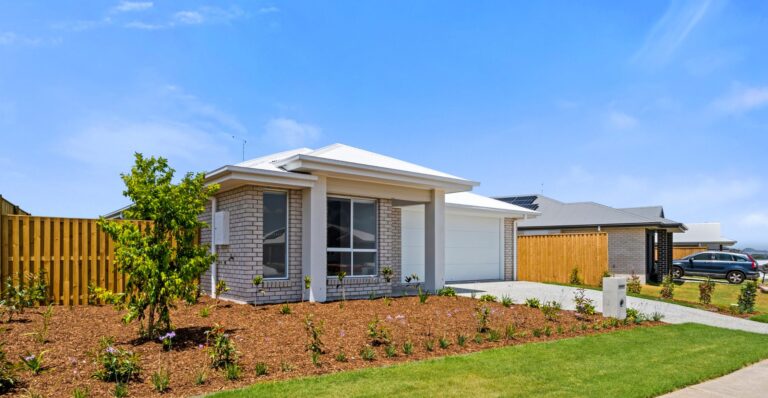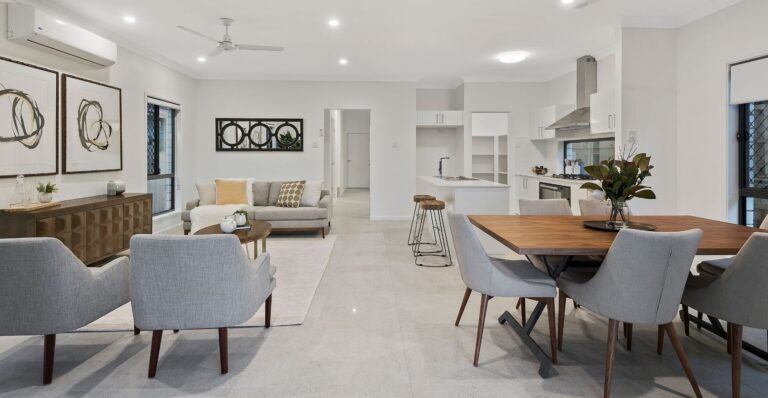
When it comes to investment properties, there is a lot of talk about finding the “sweet spot”. What does this mean? Essentially, you want to find the perfect balance between how much you spend on your investment and making enough profit to cover it. This can be tricky, especially if you’re new to investing in property.
Research is key when considering an investment property. A property specialist can help you assess all of the factors between market trends, potential growth and rental income with over expenditure on a property.
Important factors to consider
Location, location
Look for areas with a strong rental demand and potential for growth in property value. Areas with obvious or planned regeneration such as transport services and schools can have attractive prospects by offering local employment opportunities and increased demand. Finding property within walking distance to amenities is an added bonus.
Property type
Consider whether the property will appeal to tenants or if it may be more suitable as a vacation rental. A potential property’s age, condition, and development or renovation opportunity should also be key considerations. Don’t be tempted to over-capitalise by investing in a property that may require extensive renovations without a clear return on investment. Find out what features are drawing people to buy/rent in particular areas and how that aligns with the demographics of who will be living there.
Budget carefully
Factor maintenance and renovation costs for any immediate updates or repairs that may be necessary, as well as ongoing maintenance expenses. Include the potential value of the home when creating the budget.
Avoid emotional attachments
Remember, this is an investment property designed to create wealth. Getting personal can cost you more than you think. Consider properties that appeal to the masses.
Overcapitalising; Causes, effects and how to avoid
When investing in a property, it is important to consider not only the potential for profit, but also the risks involved. One of these risks is overcapitalisation, which occurs when the money spent on a property and renovating, exceeds its resale value. This can result in a decreased return on investment and can even lead to loss if the improvements do not increase the property’s value enough to offset the cost. An example of this would be if you buy a property worth $600,000 and spend $150,000 on renovations, be it landscaping or internal improvements. The investment doesn’t automatically mean that the property market value will increase to $750,000. When considering these types of costs, factor in similar neighbouring properties, because if the overall sell price is $650,000 then the improvements made won’t have much of an effect on your property sale meaning you have overcapitalised.
Renovations can be tricky – you want to make your property more appealing without breaking the bank. Keep in mind what sort of things people in your neighbourhood would be looking for and set aside any personal preferences that may not match up. It’s important to remember that, while you might love having a pool or finely landscaped yard, whoever moves in after you may not feel the same way. Practicality is key when renovating your home as you want to make sure any improvements maximise rental return as well as increase property resale value.
By keeping the cost of your home renovations to less than 10% of the overall value of your house, you will likely avoid overcapitalising. Furthermore, by maintaining a keen eye on similar property’s sale prices in your vicinity, you can get an idea of how much profit you could make off selling your own home down the line.
Remember, it’s important to take the time to thoroughly research and consider all options before making any major investment decisions. And don’t forget to consult with experienced professionals to help guide you along the way. With the right strategy and effort, you can find the perfect investment property and secure a successful future for yourself and your finances.


